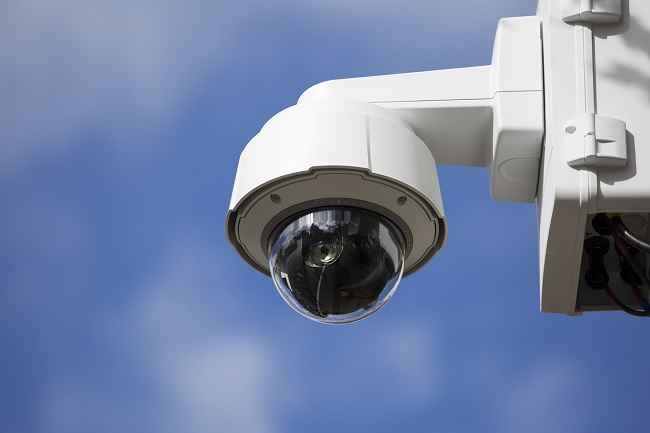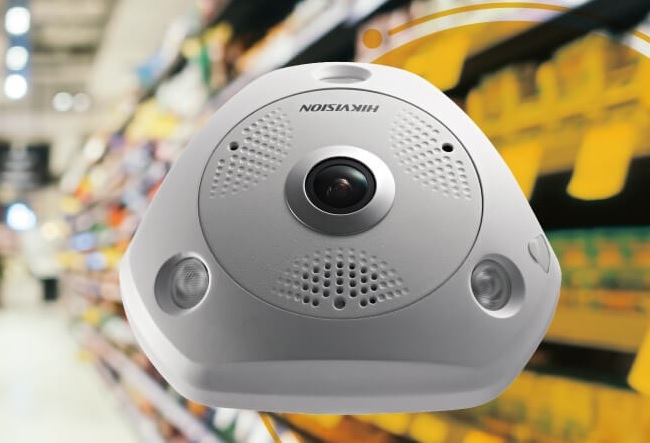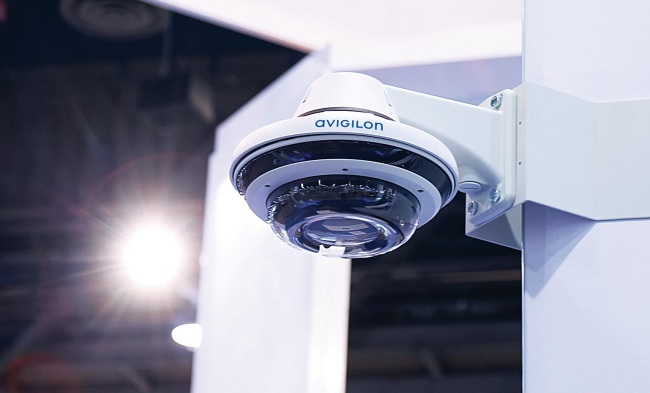
There has never been more choice for enterprises and security teams researching video surveillance cameras. Despite the ongoing development of new camera technologies, accessories, and capabilities, one fundamental truth remains: the right camera will be determined by:
- Requirements for location, positioning, and field of vision (FoV)
- Options for live and retrospective incident response are supported through integrations with video management systems (VMS).
- Zoom quality and footage
- Costs of acquisition, implementation, and upkeep
There’s a lot to understand in terms of similarities and differences, pros and disadvantages, and cost when it comes to pan-tilt-zoom (PTZ), fisheye, and multi-sensor cameras. The following compares and contrasts the benefits, shortcomings, and differences of PTZ, fisheye, and multi-sensor cameras.
1.What is a PTZ camera?
The PTZ camera, which is a more classic kind, can swivel left and right, up and down, and zoom in and out as needed. The majority of PTZs are used in bigger places that require a 180- or complete 360-degree vision, such as pedestrian, cycling, and automotive routes, or motorways. PTZs are also employed in situations when security personnel need to manage the camera’s motions remotely.
Pros and Cons of PTZ Camera:
| Pros | Cons |
| Relatively Large Field of View | Gaps in Coverage |
| Remote Camera Control by Human Operators | Latency Sensitivity |
| Capable of Motion-Triggered Auto Tracking | Unmanned Auto Tracking & Presets Can Create Surveillance Blindspots |
| Automatic Scanning Based on Time Intervals | Errors, Malfunction, and Potential Liability |
| Higher Definition Zoom | High Maintenance Costs |
2.What is a fisheye security camera?
Outside of the security and surveillance industries, fisheye cameras are known for the peculiar view that their distinctively shaped ultra-wide-angle lenses produce—circular and distorted in most situations. Fisheye security cameras provide security professionals with dynamic viewing angles created by a single sensor, giving panoramic 180-degree and 360-degree views of any area they are positioned to monitor.
Pros and Cons of Fisheye Camera:
| Pros | Cons |
| Panoramic View for Expansive Surveillance Coverage | Can Require “Dewarping” |
| Strong Image Resolution Overall | Placement and Installation |
| Use PTZ with Already Recorded Footage | |
| Low Risk of Camera Failure
A Discreet, Low-Profile Surveillance Solution |
3.What is a multi-sensor camera?
Fisheye cameras aren’t the only ones that can provide up to 360° of coverage. Panorama viewing is also possible with multi-sensor cameras, but it requires many image sensors. This multi-sensor architecture has several benefits and drawbacks that set it apart from single-sensor fisheye cameras.
Pros and Cons of Multi-sensor Camera:
| Pros | Cons |
| A Seamless Composite View from Multiple High-Quality Streams | Increased Risk of Component Failure |
| Unique Zoom Capabilities & Longer FoV | Potential for Blind Spots |
| Additional FoV Configurations | Not Ideal for Smaller Spaces |
| Less Installation Time, Cabling, and Cost |
4.Which Camera is Best? PTZ, Fisheye, or Multi-Sensor Camera
Many firms are discovering that contemporary panoramic cameras with digital zoom capabilities have rendered PTZ cameras obsolete. This implies avoiding the high upfront cost, manpower requirements, and risk of human error that PTZ units are known for.
Even so, there are some applications where PTZ cameras make the most sense. With panoramic cameras, getting the proper combination of FoV and image resolution might be difficult in some situations. Today’s premium, high-quality panoramic cameras, on the other hand, can often meet even the most demanding security requirements. The idea is to adopt a strategic approach to surveillance system design and installation as a whole—one that considers distance, vantage point, and the type of lens you’ll need for your specific situation.
5.Hot Cameras Recommendations.
| Brand | Name | Model |
| Dahua | Dahua 4MP 4x PTZ Camera | SD1A404XB-GNR |
| Dahua 2MP 25x PTZ Camera | SD49425XB-HNR | |
| Dahua 4MP IP Camera | IPC-HDW3449H-AS-PV | |
| Dahua 4MP LED IP Camera | IPC-HDW3449TM-AS-LED | |
| Dahua 8MP IP Camera | IPC-HDW3841T-ZAS | |
| Dahua 8MP IP Camera | IPC-HDW3841TM-AS | |
| Dahua 8MP IP Camera | IPC-HDW3849H-AS-PV | |
| Dahua 2MP LED IP Camera | IPC-HDW5241TM-AS-LED | |
| Dahua 4MP IP Camera | IPC-HDW5442TM-ASE | |
| Dahua 12MP IP Camera | IPC-HDBW71242H-Z | |
| Hikvision | Hikvision 4MP WiFi IP camera | DS-2CV2041G2-IDW |
| Hikvision 4MP WiFi IP camera | DS-2CV2046G0-IDW | |
| Hikvision 8MP IP camera | DS-2CD2T85G1-I8 | |
| Hikvision 4 MP 32X IP camera | DS-2DE5432IW-AE | |
| Hikvision 4 MP 25X IP camera | DS-2DE4A425IW-DE | |
| Hikvision 8Ch NVR | DS-7608NI-K2/8P | |
| Hikvision 16Ch NVR | DS-7616NI-K2/16P |
If you want to order video surveillance products, welcome to visit: Shop Video Surveillance at Router-switch.com .
Explore Surveillance Products:
Related Topics:
→ What’s the Difference? PTZ Cameras vs ePTZ Cameras
→ 5 Tips to Choose the Best IP Camera
→ Buyer Guide: Hikvision IP Cameras vs. Dahua IP Cameras
→ An article Tells You RTSP Formats of Hot Brands Network Cameras
→ 3 Differences of Bullet Cameras, Dome Cameras and Turret Cameras
→ 13 Common Concepts of IP Cameras








